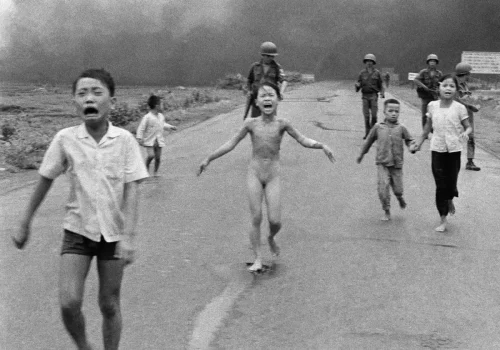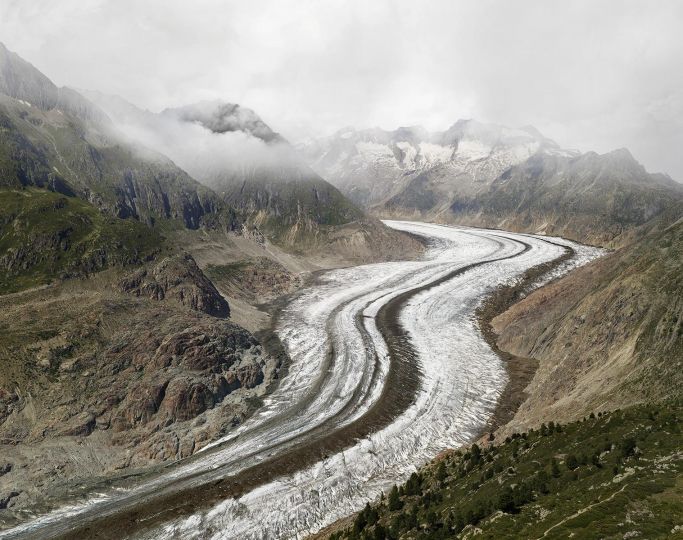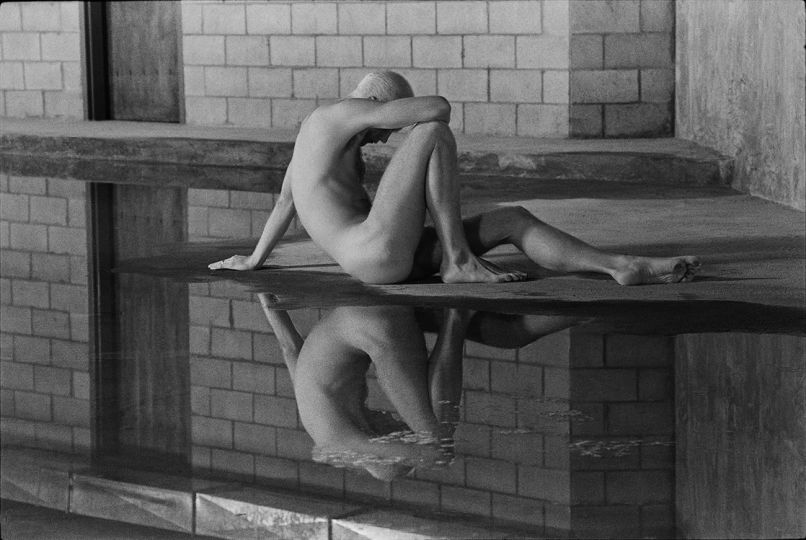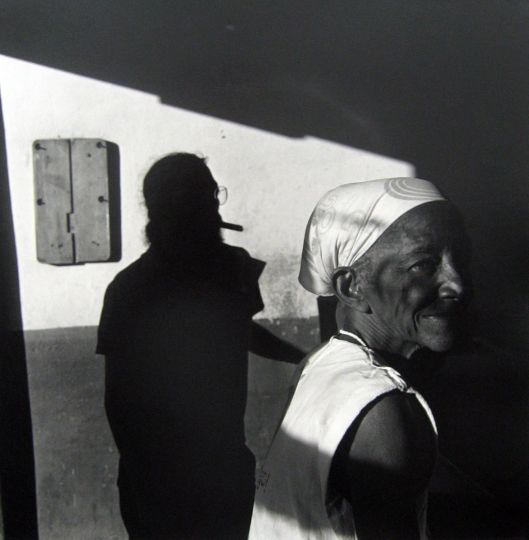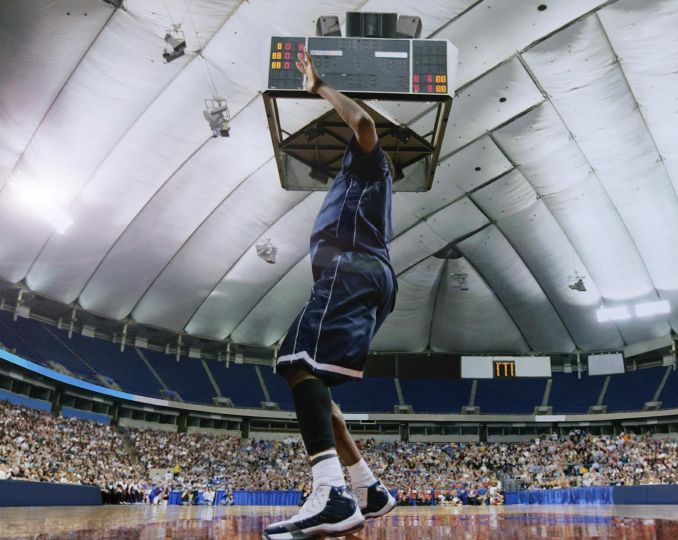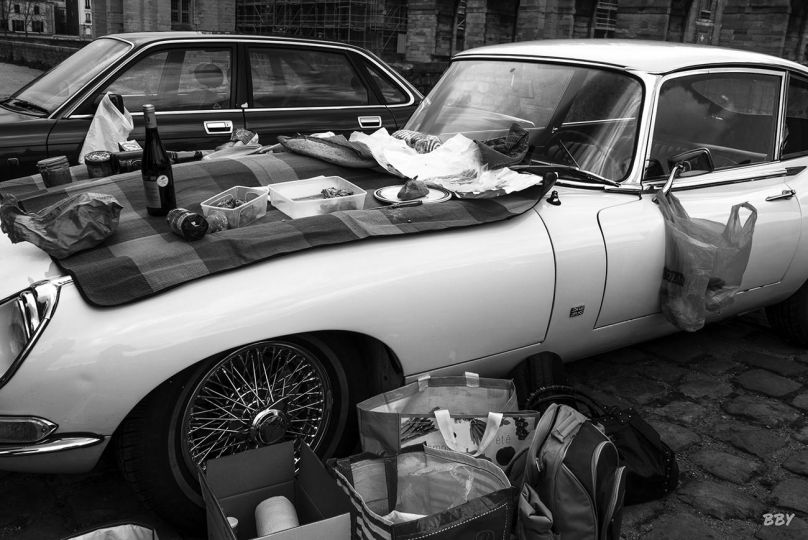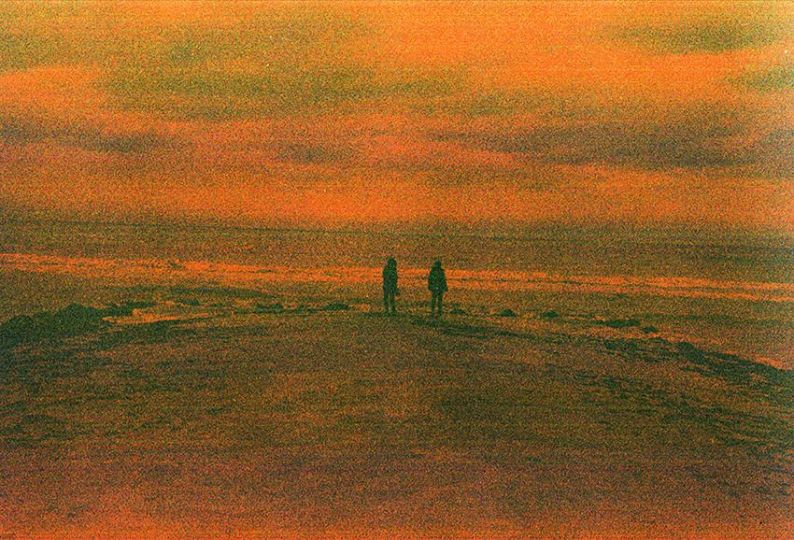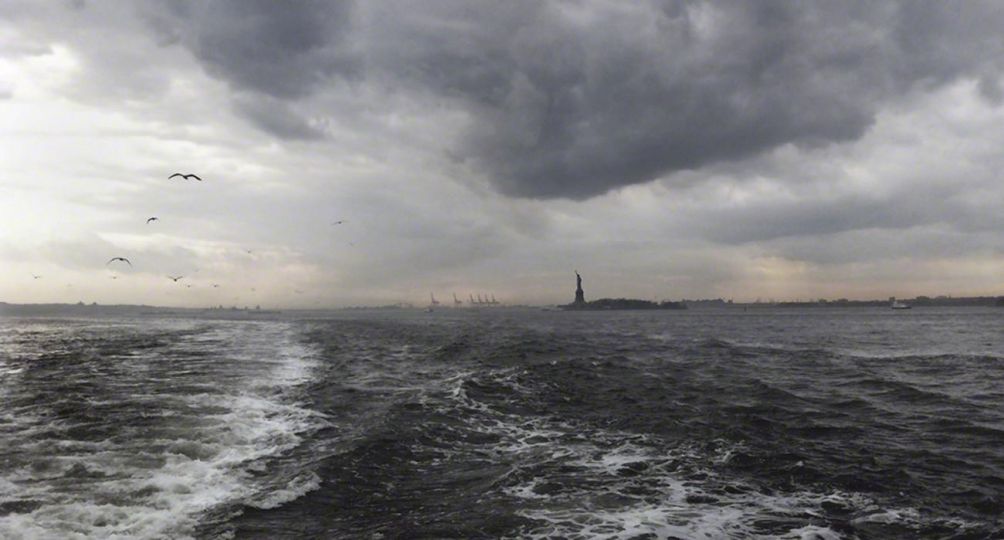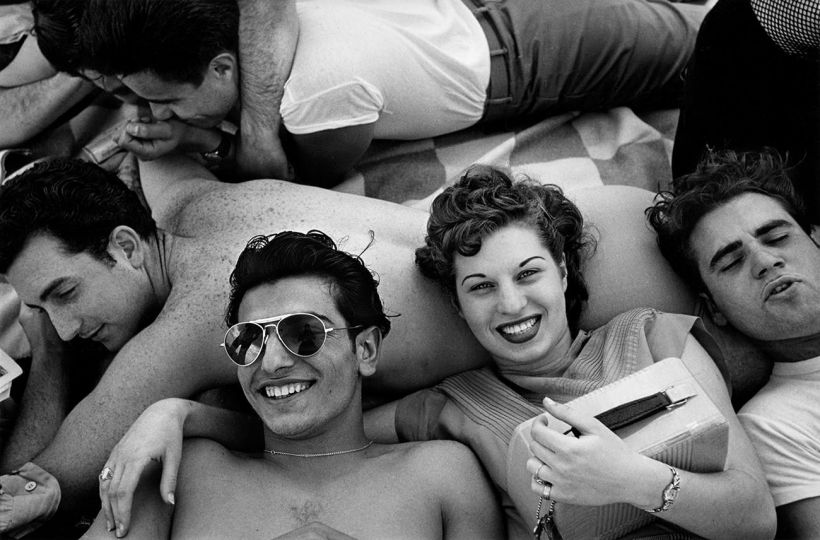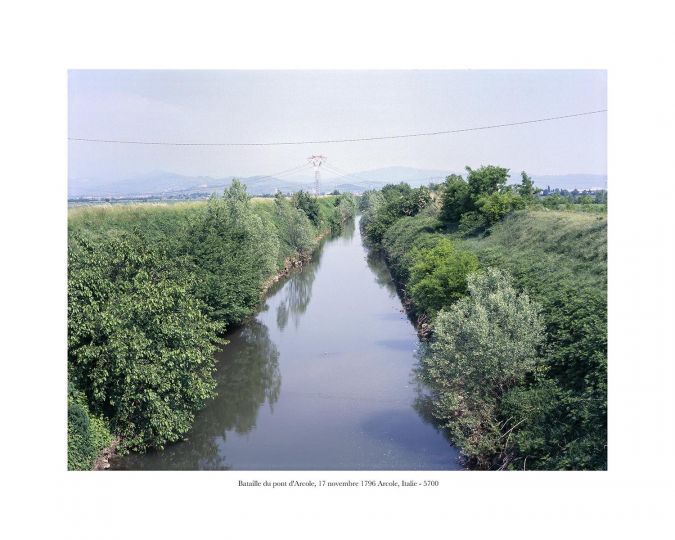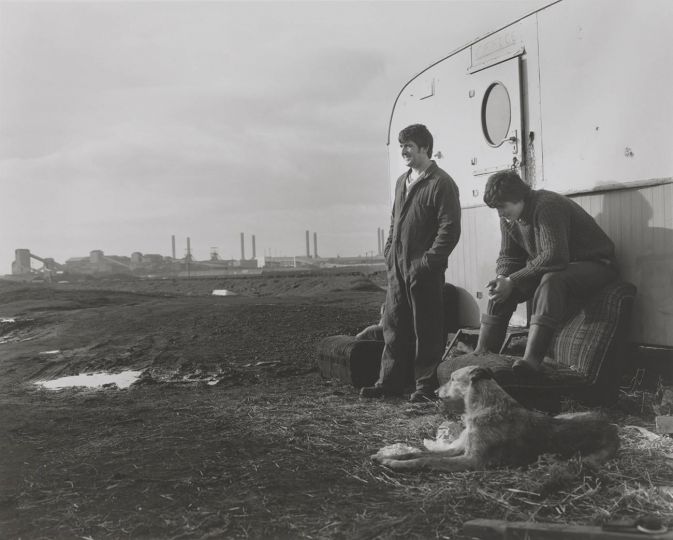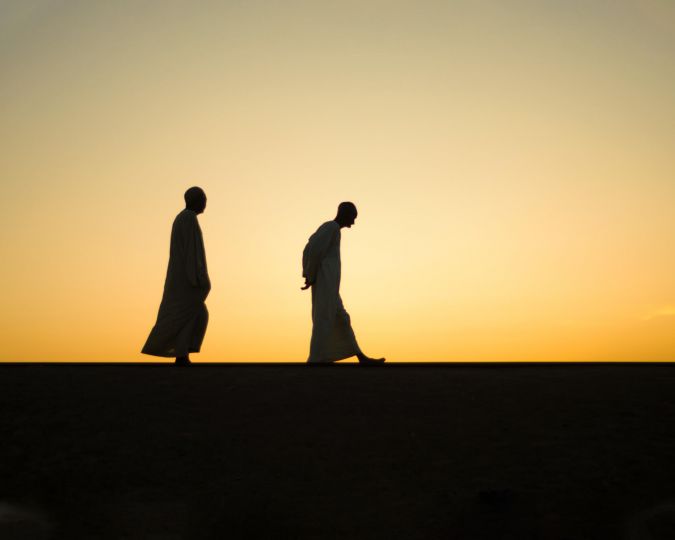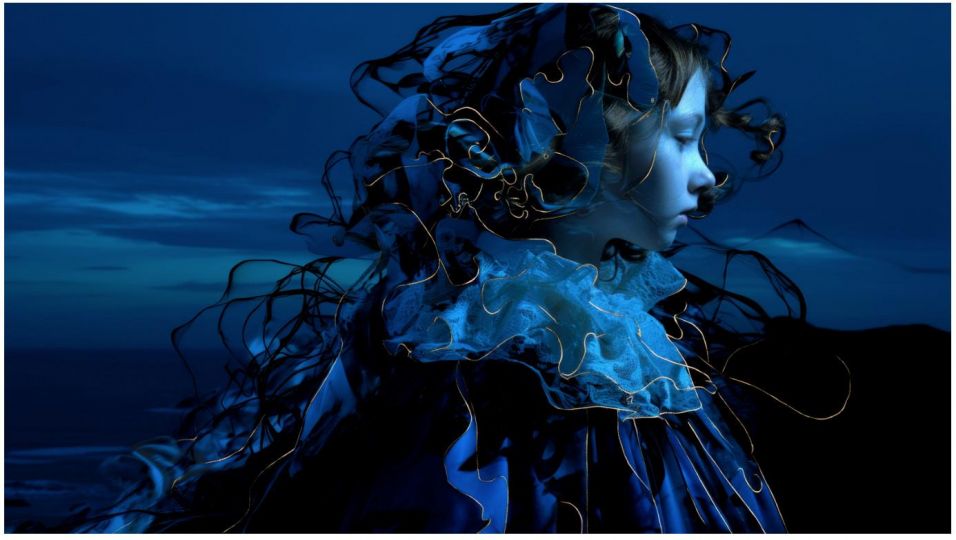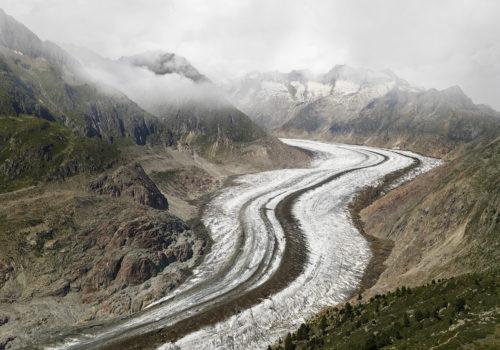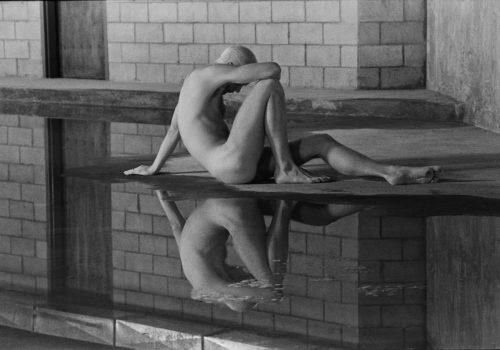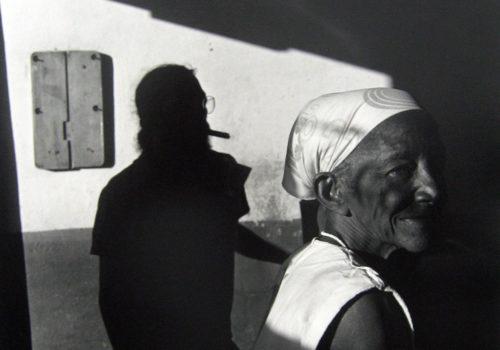Last week we reported on the controversy created by the VII Foundation’s new documentary film, “The Stringer”, challenging the authorship of the iconic photograph “Napalm Girl” (“Terror of War”) photograph.
A significant part of the world of Photojournalism comes to the defense of Nick Ut.
These defenders led by David Hume Kennerly sent us these documents: the first by James Hornstein, his attorney, the second is the statement by Kim Phuc, the main subject of the photograph “Napalm Girl”, and finally in the gallery, a letter to the editor of the LA Times in 1989.
From James Hornstein
I represent Nick Ut in connection with the defamatory attack on his reputation recently premiered.
As promised here are documents and other materials I am happy to discuss with you regarding the defamatory attack on Nick Ut’s reputation.
Attached are a statement from Kim Phuc and a letter to the editor of the LA Times in 1989 from Arthur Lord who was the alleged “Stringer’s employer to supplement the material in the AP report which I am sure you must have seen.
Some questions for your consideration.
Does Mr. NGHE provide any portfolio of his alleged photojournalism prowess on June 8,1972 or any days close in time ? Does his story about how his film was allegedly delivered to AP Saigon for developing conflict with his brother in law’s story? Does Mr. NHGE explain why Arthur Lord, the NBC chief of the team at Trang Bang , his employer, who Mr. NGHE drove there was never told his fantastic claim ? Does the “my wife threw the photo away story” seem plausible or explain why he wouldn’t go get another copy from the office literally next store to the NBC office where he worked ?
Having waited 52 years to come forward, after the passing of virtually all the eye witnesses who would have disputed his claim, is the claim entitled to be believed? Our response is NO!!
The claim is completely destroyed by eyewitnesses David Burnett and Fox Butterfield who were on the road that day in Trang Bang and in the AP office that day who saw the wet print come out of the darkroom in the hands of Nick Ut and heard Horst Faas congratulate him for his great work. Both men , competitors of AP, not AP staff, are on the record that Nick Ut took the photo. Their voices are further supported by famed correspondent Peter Arnett who was in the AP office on that day at the very moment Horst Faas first saw the photo and unequivocally states it was Nick Ut’s work. Last but certainly not least Kim Phuc confirms that her uncle was on the road that day, and repeatedly told her after that day that he saw Nick Ut run toward her and take the picture and that her uncle begged Nick to take the injured children to the closest hospital which he did. She confirms her then five year old brother who is still alive , has told her he remembers being taken by Nick with her to the hospital . And her parents have told her they found Nick on the road at Trang Bang the next day and learned from him which hospital he had taken her and her brother to. It was with that information that they were able to find her after she had been transferred from that hospital to the one in Saigon.
The burden of proof for this long delayed claim is on the filmmakers who have provided the platform for its dissemination and damage to Nick Ut’s well-deserved reputation. They cannot possibly carry that burden.
I attach Kim Phuc’s statement for your review. and a letter dated October 1, 1989 to the editor of the Los Angeles Times written by Arthur Lord, the NBC correspondent at Trang Bang on June 8, 1972 who was heading up the NBC crew that filmed the events of that day . The alleged “stringer” claims he was the driver for NBC and drove the NBC crew to Trang Bang. He was not there as a photographer nor am I aware of any images he claims to have taken that day or any other day close in time.
Arthur Lord as well as his cameraman, Dinh Phuc Le are both deceased but this letter from Arthur Lord written in 1989, 3 years before his death, could not be a clearer eyewitness account attesting to Nick Ut’s entitlement to the credit for the famed Pulitzer Prize winning photo. Surely if Arthur Lord’s driver had taken the photo, he’d have known it and, as a fierce competitor with AP, he’d have put it forward. Fifty two years later this claim is made after virtually every eyewitness but a handful have passed on. And those who are alive uniformly credit Nick Ut, not just for his skill in capturing the photo, but also for his bravery and his humanity that day in putting down his camera and taking the injured children to the closest hospital. Kim Phuc’s uncle and parents told Kim of Nick’s bravery and humanity they witnessed!
Carl Robinson’s 50 year vendetta against Nick Ut , AP and Horst Faas is just not credible. His animus toward Nick and toward AP is well known and is well documented in his own book and his emails to others, copies of which I have.
His claim that his close friend , Richard Pyle, the former AP Saigon Bureau Chief and present there on June 8, 1972, who edited his memoir for him, knew of his claim and had the same knowledge of Horst Faas’s switch in the credit for the picture is absolute bunk. I have email from Richard Pyle to Peter Arnett in 2015, two years before Mr. Pyle’s passing, when Robinson raised this issue to several “old hacks” that Pyle, notwithstanding his admittedly very close friendship with Robinson, characterized the claim as a “strangely reckless story spreading” and that he had told Robinson that the claims had “no plausible merit” . Mr. Pyle further wrote to Peter Arnett that Robinson” for his own mysterious reasons, seems bent on his personal crusade”.
Those “mysterious reasons” are apparent in Robinson’s book and in his email displaying his anger at Nick Ut’s fame and going ”Hollywood “,traveling first class and meeting heads of state, the Pope, movie stars etc. as well has Robinson’s posting by AP to Australia and firing a year later. He also appears to be upset by the fact that his follow up reporting on Kim Phuc got him little notice. His claim that he is not bitter about these events and his treatment is bellied by his own written words.
I have not yet been given the opportunity to see the film but will request that shortly from Gary Knight.
The documents I attached will be part of the case, but the case will also consist of eyewitness testimony from the those cited in the AP Report each of whom I am contact with as well as others who I have located. In addition, we will have Horst Faas oral history to the AP confirming the Nick Ut took the picture . as well as Carl Robinson’s AP oral history and his 2019 memoir in which he makes no mention of his claim that Nick did not take the picture.
I am not at liberty to state where the case will be filed but that will become clearer in the coming days.
While it is true that many key witnesses have passed and that Carl Robinson has intentionally waited to raise this claim until Horst Faas had died and could not defend himself, there are four living witnesses to these events cited in the AP report – each of whom deny the central premise of the film. Fox Butterfield and David Burnett were on the road at Trang Bang and in the AP office later that day when the picture came out of the darkroom and was viewed by Horst Faas. Peter Arnett was with Horst Faas when he was called back to the office to see the picture. All these witnesses deny that anyone other than Nick Ut took the picture. In addition, you have Kim Phuc’s statement that her uncle has told her many times that he was on the road with her that day, saw Nick run towards her to take the picture and then that he asked Nick to take her and her brother to the hospital, which Nick did. The film claims Nick did not take her and her brother to the hospital in addition to claiming he did not take the picture. All of this will be part of the strong evidence of defamation that will be submitted to the court.
A key question for anyone who seeks truth about these issues is what is the real reason this claim was never surfaced until after Horst Faas, Jackson Ishizaki ( the dark room technician) , Arther Lord ( the NBC correspondent who was on the road with the NBC driver now claiming to be the photographer, the NBC cameraman who Arthur Lord said in his letter was standing shoulder to shoulder with Nick Ut while the famous picture was taken), and many others had passed away. We believe the reason is simple. Carl Robinson has been jealous of the fame and career that Nick Ut has earned while he has been relegated to relative obscurity after his transfer by AP to Australia and his abrupt firing a year later. He fought to keep the “Terror of War” photo from being wired to the world but was overruled by Horst Faas. All of this is revealed in Robinsons own writing. He refers to the photo as the “monster” that he wished had never been seen.
As to the alleged “stringer” , where is his portfolio of Vietnam war photos? Why would he give his supposed one great roll of film to AP rather than the famed NBC tv correspondent who he worked for and drove to Trang Bang that day? His alleged possession of a photo he cannot produce now because his wife ripped it up proves nothing other than a claim to have once had it given to him from an AP office directly next store to his NBC office. Once the photo was worldwide front-page news , as an NBC employee in the office next to AP how simple to ask for a copy. And how simple to claim to family or friends that he was there and took the picture. But why stay silent for 52 years and only come forward when Carl Robinson causes his picture to be published on a Vietnamese Facebook site to try to gain his moment of fame? The filmmakers apparently claim they located the stringer. The truth is Carl Robinson went looking for him and engineered his coming forward in response to the Facebook post Robinson set up.
Aside from Robinson and now the “stringer”, who else is an eyewitness to any of their claims. How simple to make such claims when many of the key eyewitnesses are no longer alive to tell the truth. Fortunately, a few eyewitnesses are still alive and willing to tell the tell what they know is the truth. And from the grave, Horst Faas will confirm that Nick Ut took the picture as he wrote in his memoir of “50 years as a photojournalist”.
I said , “ I think we have the next Pulitzer”. We cropped the photo very carefully to give it maximum impact. Not too tight, not too wide, just right. I took it myself, softening the contrast so that the shadow between the little girl’s legs didn’t look like public hair. There was no retouching. And we passed it on. It was , again, a combination of forces: Nick Ut had learned his craft from his brother, from Henri Huet, and from me. He had learned by looking at so many excellent photographs, in the lab and on the light table. He had been able to produce this image. Through the process of editing, we had been able to isolate this single photograph, not a sequence, and we were able to get it published. It had an extraordinary impact.
As to the assertion of the filmmakers that the film is about white men who didn’t give credit to a poor Vietnamese stringer, and that the film is about that power disparity, the truth is that 52 years after the events it incorrectly portrays, the film seeks to destroy Nick Ut’s reputation. Who is Nick Ut? At the time he was a very young Vietnamese photographer, who, at age 15 supported his family after the death of his older brother, an AP combat photographer killed on assignment. Nick learned his photography skill by working in the AP dark room for years observing great photos and then finally got the chance to use the skills he learned by becoming an AP field photographer known for his energy and , bravery, and tenacity. He has a portfolio of great photos he took over a 50-year career with AP. What does the “stringer” have to show off his ability to take a photo other than his claim that someone at AP gave him a copy of the famous picture that his wife ripped up?
Sincerely
Jim Hornstein
James Hornstein
Law Office of James Hornstein
3154 Brookdale Rd.
Studio City, CA 91604
Direct Tel: 310.322.7487
Fax: 323.656.2356
email: [email protected]
From Phan Thi Kim Phuc
To whom it may concern,
I have been made aware that there is a film being produced by Gary Knight and his team, embracing Carl Robinson ‘s mean and untrue claim that Nick Ut is not the man who took the Pulitzer photo known as “Napalm Girl”. It is the photo of me, Phan Thi Kim Phuc, a naked nine-year-old girl, running towards the camera after a South Vietnamese napalm strike was dropped mistakenly on me in my village of Trang Bang, instead of nearby North Vietnamese troops on that day of June 8, 1972.
I have refused to participate in this outrageous and false attack on Nick Ut raised by Mr. Robinson over the past years and never responded to his email requesting that I talk with him. I hope he finds peace in his life. I have no memory of those minutes but I would never participate in the Gary Knight film because I know it is false. All eyewitnesses on that horrific day including my uncle, have confirmed through the years that it was Nick Ut who was there , who ran towards me to take the photo and brought me to the closest hospital, Cu Chi Hospital. Those witnesses include foreign journalists, photographer and cameramen, David Burnett, Fox Butterfield, Chris Wain and Alan Downes (who tragically died from cancer few years ago) whom I have known through the years. Each has become a dear friend .
While I was in shock and fainted after running away from napalm and upon accepting water, they have all verified to me they saw Nick, who was the only photojournalist who ran ahead towards me who took the photo. Additionally, my uncle was the person who begged Nick and his AP driver to take me to the nearest hospital, Cu Chi hospital. My uncle told me through the years that no one offered to take me and other burn victims since most wanted to head back to Saigon before dusk for fear of Vietcong ambush and gunfire attacks on the road. It was only Nick who agreed to my uncle’s pleas.
I still do not have full memory of the June 8,1972 event, but only flitting images. Based on my uncle repeatedly telling me about that day and also my brother Phuoc (who was 5 years old at the time and is in the picture) was also in the van that took us to Cu Chi hospital telling me of his memory of that day, I have no doubt that Nick Ut is the person who saved my life by bringing me to the Cu Chi hospital. For this I am eternally grateful.
I have been told by my parents that Nick along with Horst Faas (AP Head of Photography for Vietnam) and Peter Arnett (AP correspondent) came back the next day, on June 9t h to the napalm site in Trang Bang for further interviews with ARVNs commanders and villagers. It was there that my frantic parents found Nick and he told my parents that he had taken me to Cu Chi hospital which set their journey that day, to search for me first at Cu Chi hospital, not knowing that I was already transferred to the First Children’s Hospital in Saigon and then finally to Barsky hospital in the burn unit. My parents loved Nick and were eternally grateful to him for saving my life.
Nick is seen like a member of the family by my parents and siblings. He came to visit my family in Trang Bang in 1973 and I know this based on a picture that was published that year of Nick Ut and me in my house. Over the years, he visited my family and bought my brothers Tam and Phuoc along with my cousins, fun gifts through the years which delighted the youngsters . Even to this day, he continues to visit my cousin in Trang Bang and buys endless fruits and coffee to support her cafe shop.
Nick and I talk at least once a month since 1992 when I was granted asylum in Canada. We have travelled together for humanitarian missions and public talks almost yearly.
When I sponsored my parents to relocate to Canada to live with me, Nick was one of the first people to come and welcome them. He was and is a central part of our family. It is Nick who visited my mother as her dementia progressed . My mom was always joyful after a visit with Uncle Nick.
As the only Vietnamese American to have ever won the Pulitzer during the Vietnam War and still the youngest, I have no doubt in my mind and heart that it was Nick who ran towards me to capture the famous photo. Nick took the image and he deserves the credit he has received. He is a good man who fully deserves to be treated with respect, dignity and kindness. I am so thankful he was not just a photographer. He is my hero for putting down his camera and taking me to the hospital that day and saving my life. No one else did that on that terrible day. Only Uncle Nick Ut.
Kim Phuc
The Controversy Part 1 :
https://loeildelaphotographie.com/en/the-vii-foundation-the-stringer/

